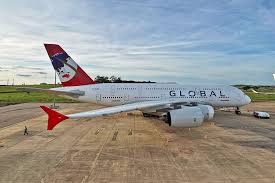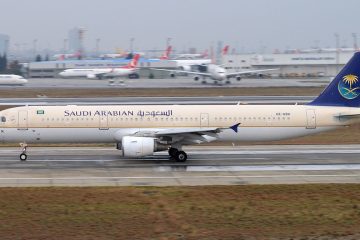Understanding the Dynamics of Global Airlines in 2023

Introduction: The Importance of Global Airlines
The aviation industry has always played a critical role in global commerce, tourism, and cultural exchange. As economies worldwide begin to recover from the impacts of the COVID-19 pandemic, the importance of global airlines has intensified, being key to reviving travel and trade connections. By 2023, airlines face numerous challenges, from changing travel patterns to sustainability pressures, significantly reshaping the landscape of air travel.
Current Trends in Global Airlines
According to the International Air Transport Association (IATA), global air travel demand has surged in 2023, with passenger numbers projected to approach pre-pandemic levels. Despite a slow start to the year, the gradual lifting of travel restrictions has resulted in a strong rebound, particularly in leisure travel. In fact, the tourism sector has seen a robust return with many airlines reporting record bookings.
Moreover, the rise of remote work has transformed business travel, with companies now favouring virtual meetings over international conferences. As a result, many global airlines are reassessing their service offerings and aligning their strategies with emerging trends. For example, the introduction of flexible ticketing policies and enhanced loyalty programmes aims to attract both leisure and corporate travellers.
Challenges Facing Airlines
Despite the recovering demand, global airlines face significant challenges. The ongoing rise in fuel prices has led to increased operational costs. Additionally, airlines are grappling with staffing shortages and delays due to the heightened demand for air travel. IATA has highlighted these issues, underscoring the need for airlines to adapt quickly to ensure customer satisfaction and operational efficiency.
Sustainability also remains a key focus. As global awareness of climate change grows, airlines are under pressure to implement greener practices. Many carriers are investing in sustainable aviation fuel (SAF) and exploring innovative technologies to reduce their carbon footprints. Government policies and consumer preference trends are likely to drive this shift further as airlines strive to meet stricter environmental regulations.
Conclusion: Future Outlook for Global Airlines
The future of global airlines will hinge on their ability to adapt to changing consumer behaviours, manage operational challenges effectively, and commit to sustainability initiatives. As competition intensifies in the post-pandemic landscape, airlines that embrace innovation and resilience are more likely to thrive. The next few years will be crucial in determining how well the aviation sector recovers and grows in alignment with global expectations for safety, efficiency, and environmental responsibility.









